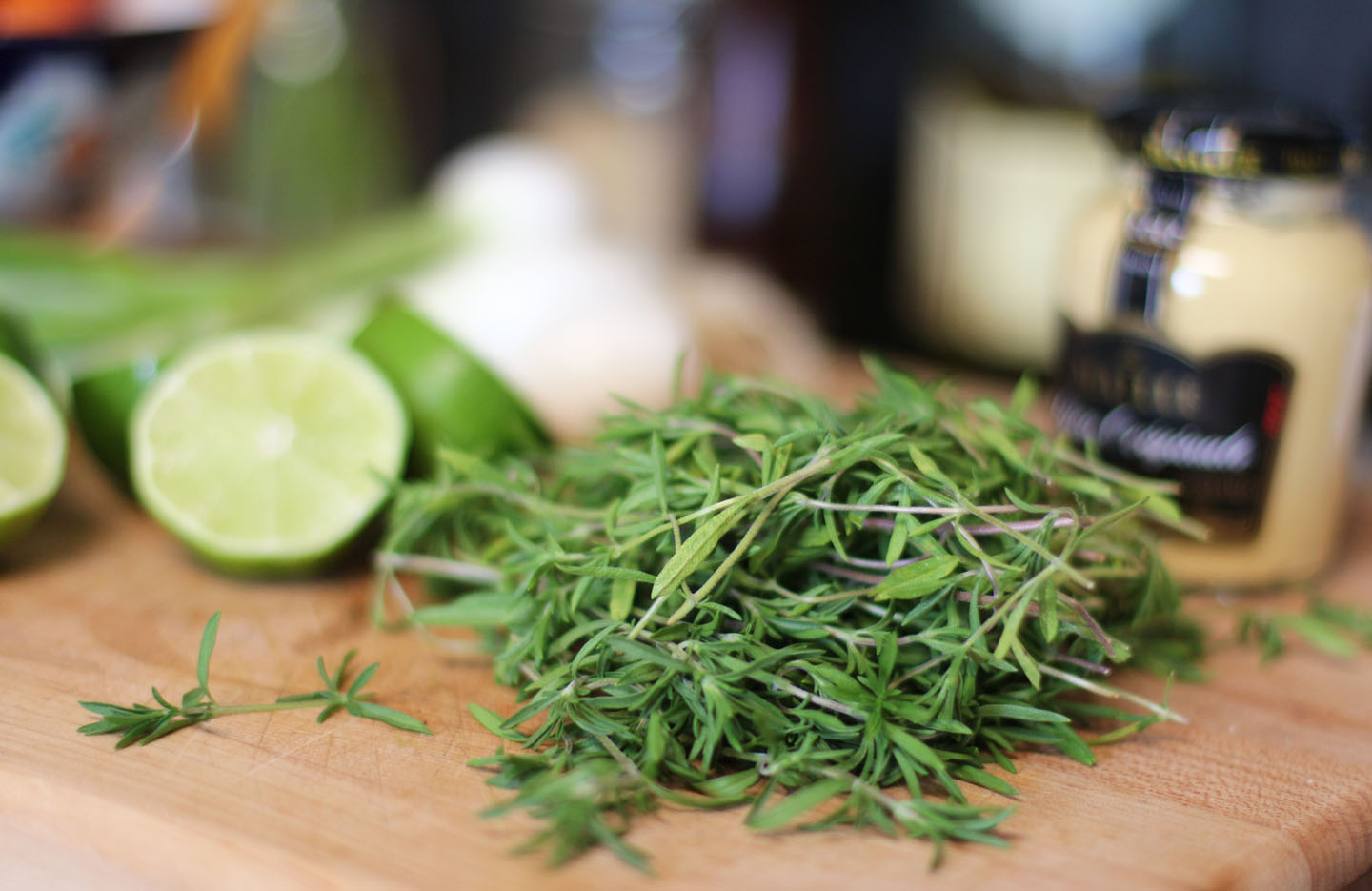
This reference is most likely associated with the sacred practice of burning the herb as incense. The name thyme is derived from the Greek word “thumos,” meaning smoke. Since antiquity, various species have been harnessed for their culinary and medicinal properties.
:max_bytes(150000):strip_icc()/grow-thyme-indoors-1902495-05-8eeb0bffe5e2421cacca15e200b1382c.jpg)
praecox is one of about 350 species in the Thymus genus - all aromatic herbaceous perennials native to the temperate Mediterranean climate found in parts of Europe, North Africa, and Asia. Thyme may also be added to vinegars, herb butters and used to infuse honey.Small, fuzzy gray-green leaves are aromatic and release their fragrance when delicately crushed.Ĭome summertime, lavender-pink blooms attract butterflies, bees, and other friendly pollinators.Īlso known as mother of thyme, T.Thyme may also be frozen in ice cube trays in water or olive oil.When thoroughly dry, store in a tightly sealed container in a dry, dark location such as a cupboard. OR use a dehydrator following the manufacturer’s instructions. OR dry herbs in the oven for 2-3 hours on a cookie sheet at the lowest heat, leaving the oven door open. OR spread on a cheesecloth or a window screen in a dry, shady location. Tie stems loosely in small bunches and hang in a dry, airy location out of the sun. To dry leaves, cut whole stems on a sunny morning.Harvest sprigs of leaves as needed through the season.Thoroughly water and apply a light mulch layer on top of the soil (1-2 inches) to conserve water and reduce weeds.Use the plant tag as a location marker.Fill with soil to the top of the root ball. Place the top of the root ball even with the level of the surrounding soil.Carefully remove the plant from its pot and gently loosen the root ball with your hands to encourage good root development.Dig a hole for each plant large enough to amply accommodate the root ball.Level with a rake to remove clumps of grass and stones. Prepare the bed by turning the soil under to a depth of 8 inches.
#Thyme seedlings full#
Select a location in full sun with well-drained soil.This hardening off process toughens the plant’s cell structure and reduces transplant shock and scalding. If frost threatens at night, cover or bring containers indoors, then take them out again in the morning. Be sure to protect them from wind and hot sun at first. Accustom young plants to outdoor conditions by moving them to a sheltered place outside for a week. Before planting in the garden, seedling plants need to be “hardened off”.If you are growing in small cells, you may need to transplant the seedlings to 3 or 4 inch pots when seedlings have at least 2 pairs of leaves before transplanting to the garden so they have enough room to develop strong roots.


Most plants require a dark period to grow, do not leave lights on for 24 hours. Incandescent bulbs will not work for this process because they will get too hot. Raise the lights as the plants grow taller.


 0 kommentar(er)
0 kommentar(er)
